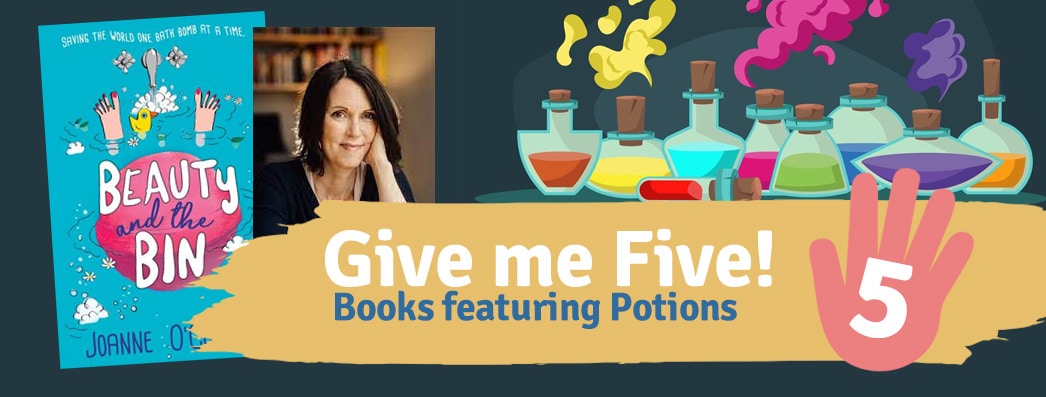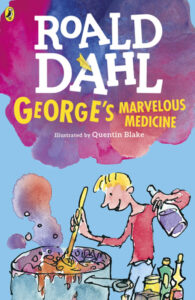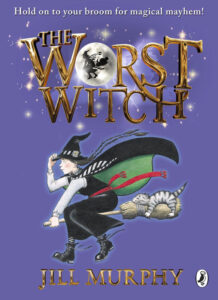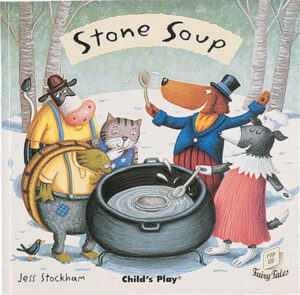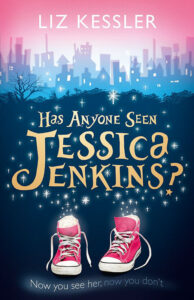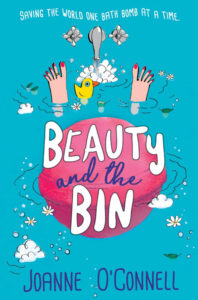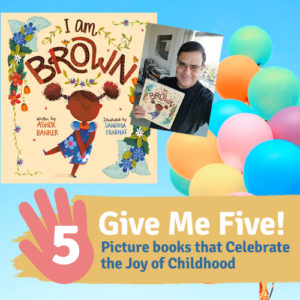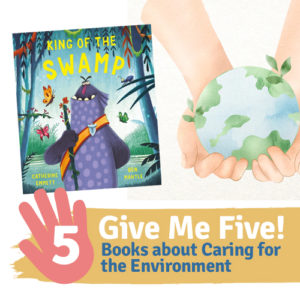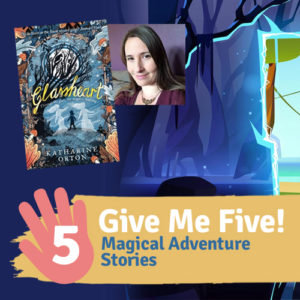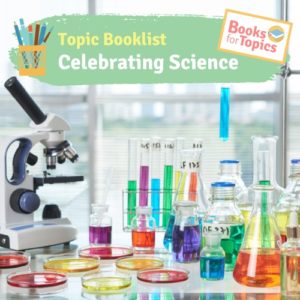Joanne O’Connell, author of Beauty and the Bin, has picked out her top five recommended children’s books about potions.
Joanne says “I’ve always been fascinated by potions and lotions. And children’s books are full of them, from the bottle of ‘Drink Me’ in Alice in Wonderland to the swirling chocolate river in Charlie and the Chocolate Factory. So, when I was writing my debut novel, Beauty and the Bin, I had lots of fun with Laurie – the main character – as she and her sister concoct everything from fruity face packs to minty lip balms and bubbly chocolate bath crumble. Here are my favourite children’s books which involve fabulous potions … “







